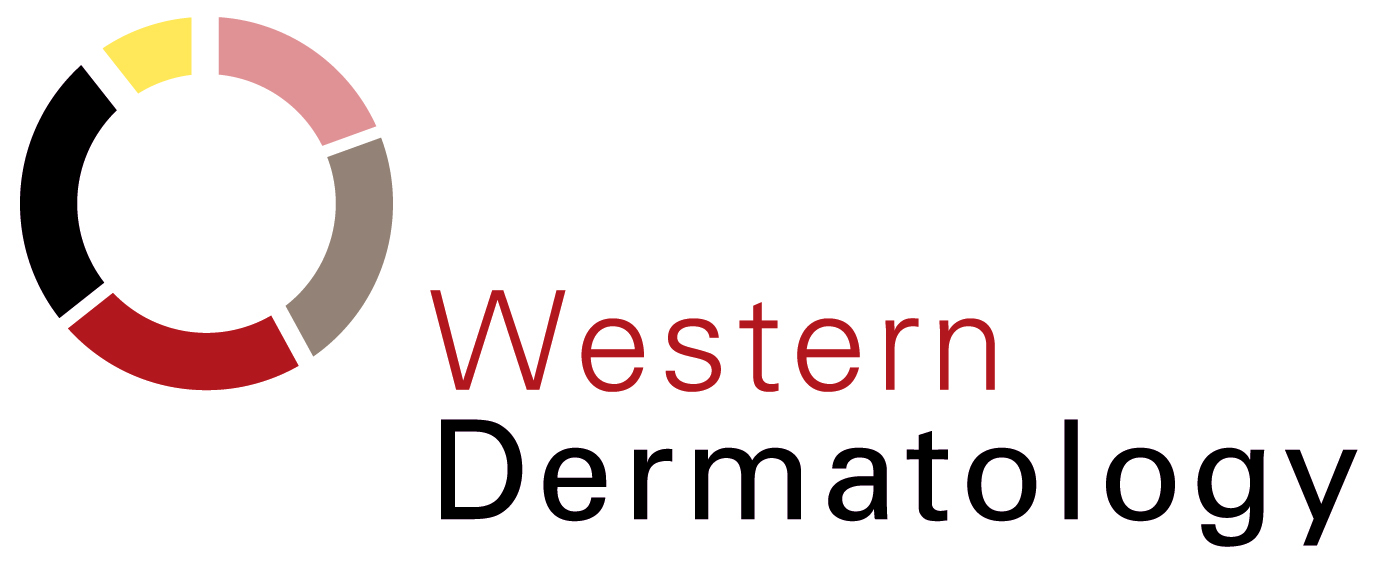Skin cancer is very common in Australia. It is often caused by long-term sun exposure. Over 60% of fair Australians will have a skin cancer by the time they are 70.
Certain people are at increased risks of developing a skin cancer including those who are outdoor workers, have outdoor sporting or other hobbies and those with fair skin.
The best ways to help limit your risk of developing a skin cancer is sun protection and sun avoidance.
Wearing a broad-brimmed hat, sunglasses, protective tight-weaved clothing and choosing to sit in the shade are all very important. A high SPF sunscreen should be applied in generous amounts 20 minutes prior to going out in the sun and be reapplied every 2-3 hours and also if you have been swimming or in contact with water. Be aware that a moisturiser which contains a sunscreen applied in the morning will likely not be able to protect you by lunchtime.
The different cancer types are:
Basal cell carcinoma:
Squamous cell carcinoma:
Melanoma:
Melanoma is the fourth most common cancer in Australia. Its incidence is increasing and, if diagnosed early, has a good survival rate. Melanoma is associated with sunlight exposure including sun beds. Other risk factors for the development of melanoma include fair skin type and family or personal history of melanoma. Ways to detect a melanoma skin cancer early are by self-examination and also having a skin check with your dermatologist or general practitioner. It is helpful to keep in mind the ABCDE rule. This involves the following:
A Asymmetry
B Border irregularity
C Contour variation
D Diameter over 6mm
E Evolving or enlarging or changing
Non-melanoma skin cancer treatment:
Melanoma skin cancer treatment:
To Make An Appointment
To Make An Appointment
Important Information About Your Appointment
Referral
A valid referral is required from you GP or other specialist to be able to claim Medicare benefits from your consultation.
A referral is not required to consult with our cosmetic dermal therapist.
Registration
A form registering your details, medications and previous medical problems will need to be completed on the day of your appointment prior to your consultation. Please remember to bring a list of current medications with you on the day.
Payment
Settling of your fee is required on the day of consultation.
We accept VISA and MasterCard, EFTPOS and cash payments
Significant cosmetic treatments require payment at the time the procedure appointment is made
Failure to keep appointments
Missed appointments will incur a cancellation fee.
Make up / Clothing
Please remember to remove make up for facial concerns (and remember to bring some makeup to reapply after the consultation)
For consultations where a skin check is required, wearing looser clothing may be helpful or alternatively there are patient gowns available for your use
New Appointments
These appointments can only be made for the Werribee and Richmond locations.
In Ballarat only review appointments are offered.
Cosmetic Treatments
Most cosmetic treatments are only offered at our Werribee location.
